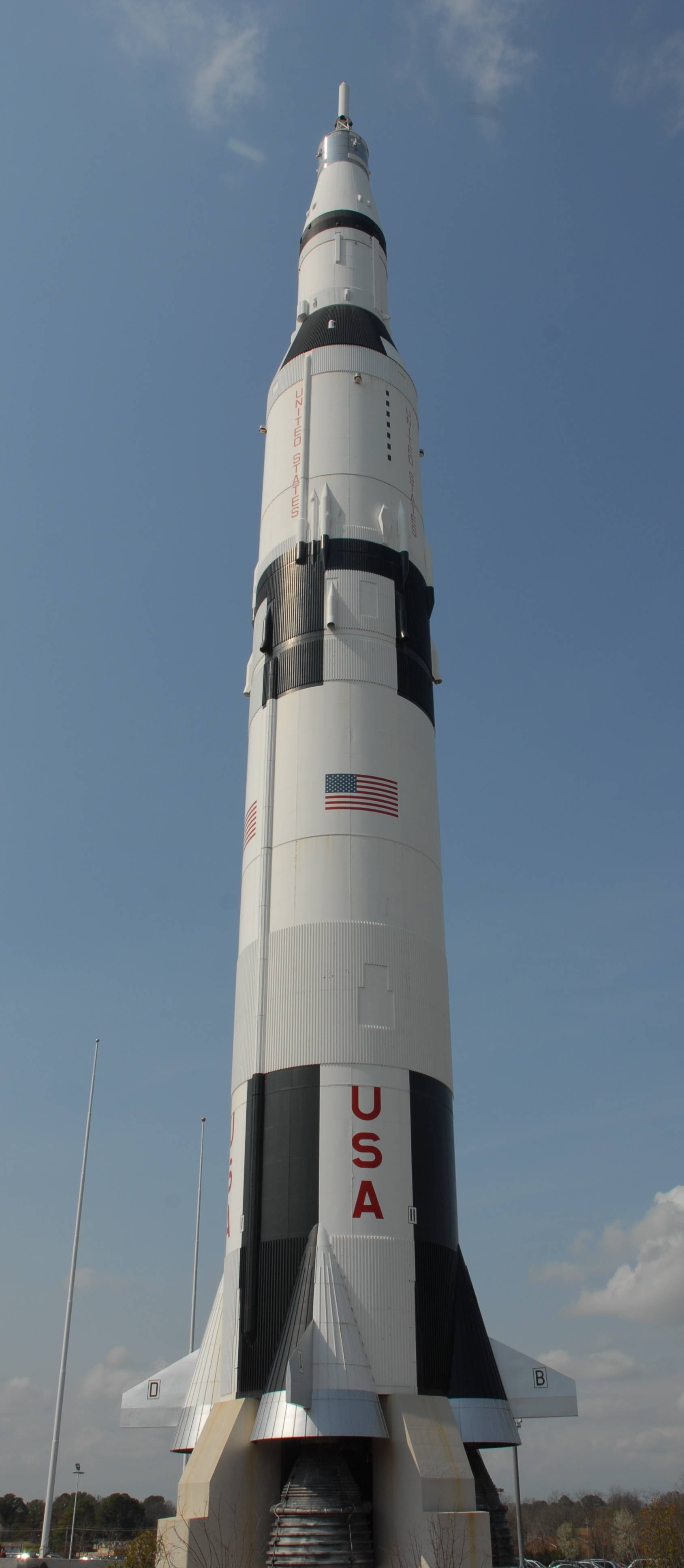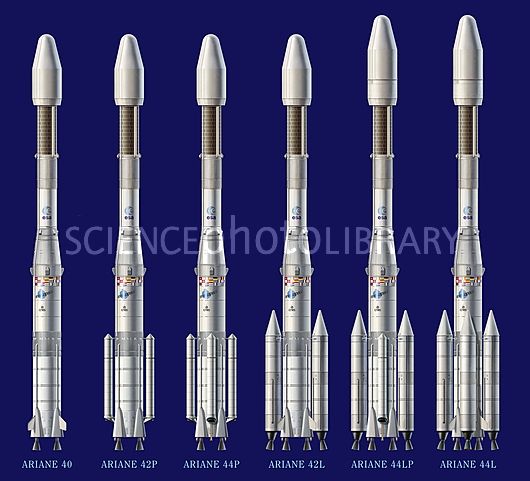Pretty much all model rockets have fins for stability, but when I think about it, I can't seem to come up with a full scale, commercial or government rocket that has fins. I'm probably forgetting one really obvious, but does anyone have an example?
-
4$\begingroup$ That would be an interesting project - A model rocket without fins, but with vectored thrust and an IMU. $\endgroup$– SteveCommented May 26, 2016 at 20:55
-
$\begingroup$ @Steve I was thinking the same thing and found this interesting design: youtube.com/watch?v=xO0D0KEGc2E $\endgroup$– cylo78Commented May 28, 2016 at 15:57
-
$\begingroup$ You're definitely forgettng quite a few ICBMs, and other missiles. $\endgroup$– SF.Commented May 28, 2016 at 18:50
-
$\begingroup$ I believe some fireworks are spin-stabilized... the border between these and amateur rockets is somewhat blurred :) $\endgroup$– SF.Commented May 29, 2016 at 17:57
-
1$\begingroup$ @Steve Vectored thrusts and the like is usually a big taboo in the model rocket community, for fear of opening up a can of worms with the differentiation between "toy model" and "guided projectile." $\endgroup$– Ezra BaileyCommented May 31, 2016 at 20:20
5 Answers
Sure, lots of sounding rockets, like these from NASA's Wallops Flight Facility:
This one had pretty darned big fins:
Similar fins on this one:
This one had small fins, but it really didn't need them:
The old Scout rocket had small fins too:
-
7$\begingroup$ +1 That's the first time I noticed the Saturn V fins are labelled. It "didn't need them but they wanted somewhere to label the engines." heh heh. $\endgroup$ Commented May 27, 2016 at 0:51
-
1$\begingroup$ The Saturn V did not actually need them, but they were put in to increase safety in case of an abort. $\endgroup$ Commented May 27, 2016 at 6:12
-
1$\begingroup$ Same comments about incidental stability and steering applies to the Saturn V. For shuttle on the other hand, those were quite impactful aerodynamic surfaces during ascent, providing lift as well. Anyway, it's all just a matter of interpretation. $\endgroup$ Commented May 27, 2016 at 17:48
-
1$\begingroup$ Just checked. I was incorrect. It flies at a non-zero angle of attack (hence why I thought it was lifting), but that is to zero out the lift so as to limit the structural loads on the wings. Otherwise they would break off. This does not minimize drag, so the reason you quote is also incorrect. Also the whole point of wings is that you can get more lift than drag. $\endgroup$ Commented May 27, 2016 at 18:38
-
2$\begingroup$ If the wings were strong enough, they could have been used to provide lift on ascent. The Pegasus does that. It was the original plan to use the space shuttle orbiter wings to improve ascent performance, until they realized that the wings would break off at max-q. It was too late to go back and strengthen the wings, so they figured out the right angle of attack so as to not load the wings on ascent. $\endgroup$ Commented May 27, 2016 at 19:10
As for the reason you see fins on model rockets but not on most large launchers:
Rockets that require precision guidance to a specific trajectory have to be actively steered; the two obvious ways to do that are by moving fins or vectored thrust.
Vectored thrust has two big advantages: one, it works outside of the atmosphere, two, fins produce drag. So big guided orbital launchers go with vectored thrust.
Passive fixed fins like those on model rockets help stabilize, but not guide, the rocket's flight. If you have active steering, that gives you stabilization as well, and unless the aerodynamics of the rocket are very poor, you don't need fins at all.
Mark Adler's exceptions fall into two main categories:
- Sounding rockets -- generally unguided, fin or spin stabilized
- Vehicles that need aerodynamic surfaces for lift at some point in their flight (shuttle, Pegasus).
Saturn I and V are outliers; as Mark notes, the fins weren't needed in normal flight because the engines were gimbaled, but they would improve stability in the event of a catastrophic first-stage engine problem, providing a longer time window in which to abort safely.
SpaceX's Falcon 9 uses grid fins to help stabilize the rocket while returning back to land.
Grid fins perform very well at subsonic and supersonic speeds, but poorly at transonic speeds; the flow causes a normal shockwave to form within the lattice, causing much of the airflow to pass completely around the fin instead of through it and generating significant wave drag. At high Mach numbers, grid fins flow fully supersonic and can provide lower drag and greater maneuverability than planar fins.
The V2 definitely couldn't gimbal and used the fins and control vanes in the rocket exhaust for stability and little spoilers on the wingtips for guidance too

Note: I took this photo in the imperial war museum in London
-
2$\begingroup$ The V-2 had control vanes, which served much the same function as engine gimbaling. $\endgroup$ Commented May 29, 2016 at 6:42
-
1$\begingroup$ the Imperial War Museum is fantastic! $\endgroup$ Commented Sep 2, 2018 at 20:05







